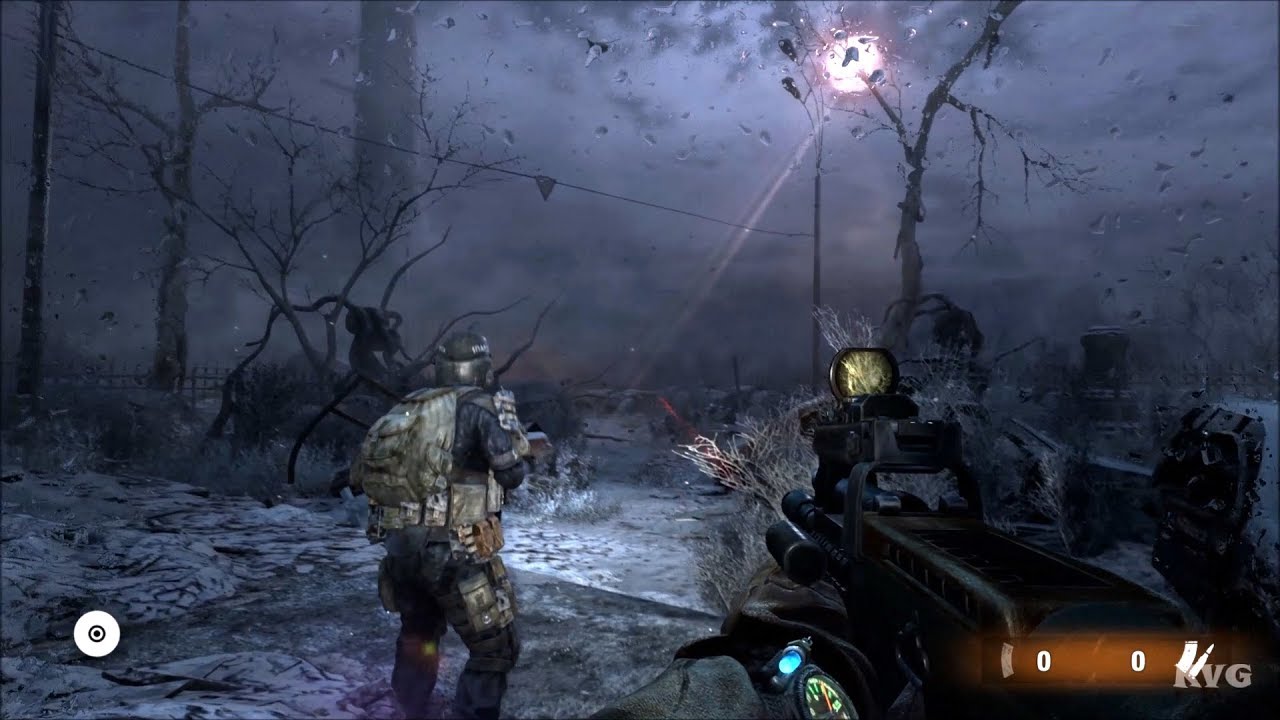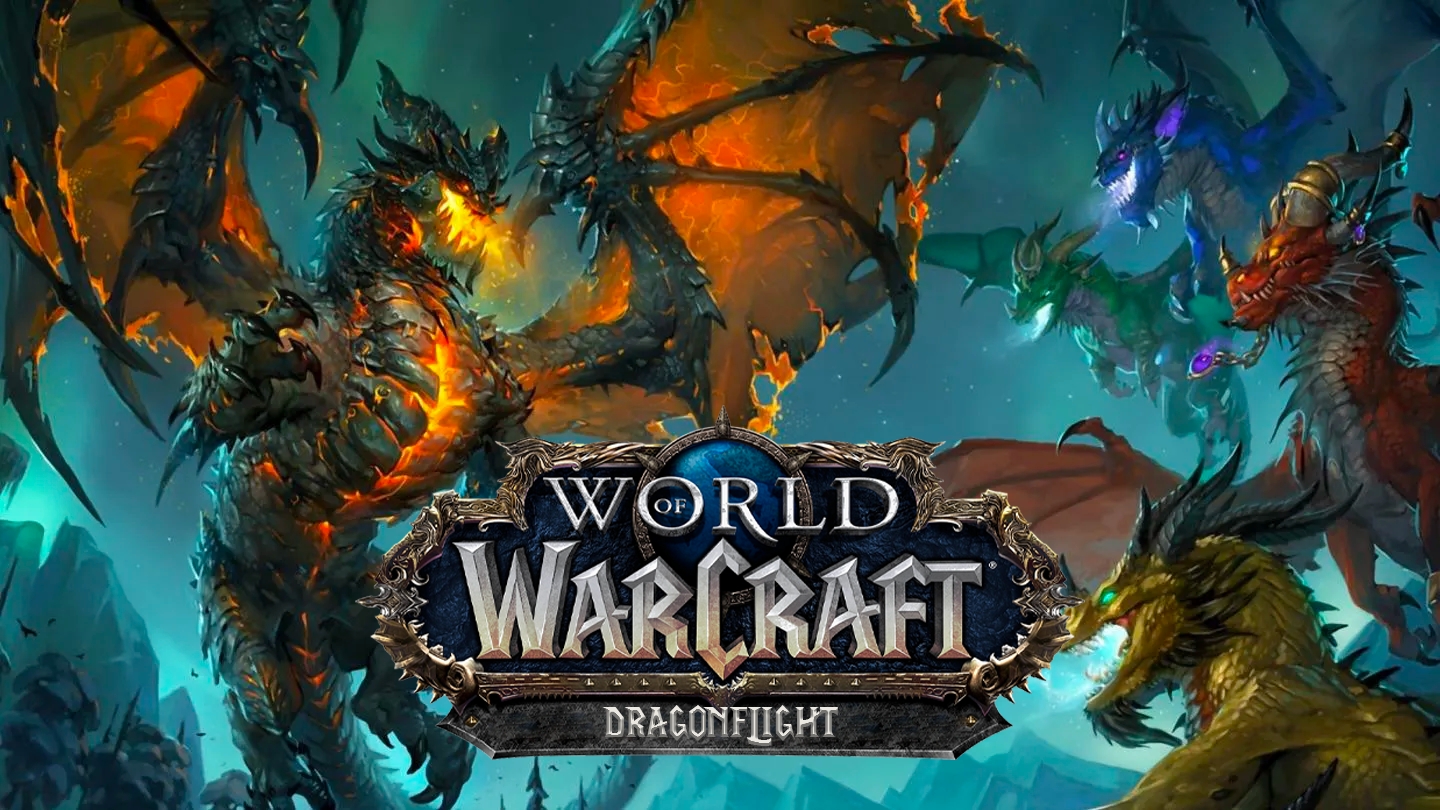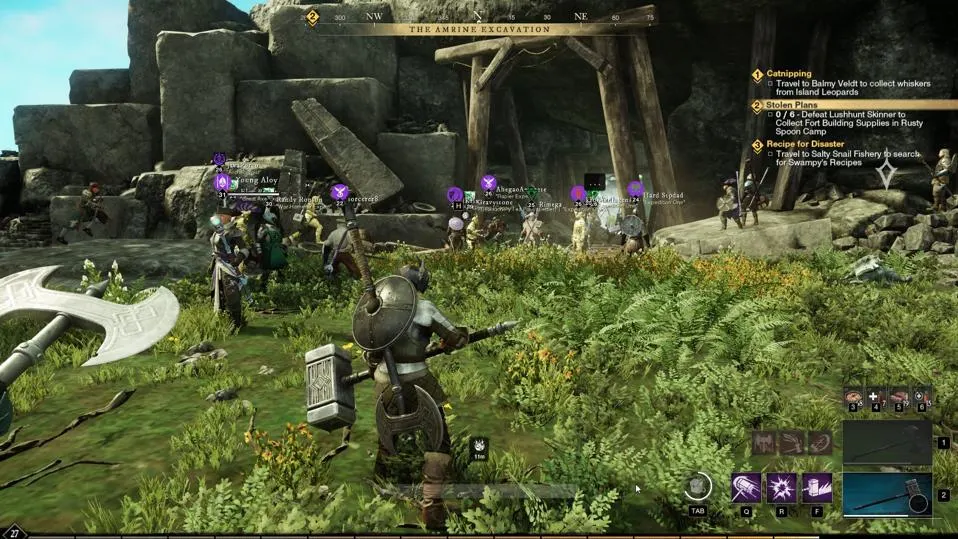Introduction
“Metro 2033” is a first-person shooter and survival horror game developed by 4A Games and published by THQ. Released in March 2010, it is based on the novel of the same name by Dmitry Glukhovsky. Set in a post-apocalyptic Moscow, “Metro 2033” plunges players into a dark and eerie world where humanity has been driven underground to survive the aftermath of a nuclear war. Known for its intense atmosphere, survival mechanics, and narrative depth, the game has garnered a strong following and critical acclaim.
This review explores the game’s core features, gameplay mechanics, visual and audio design, and reception. We will also answer common questions about “Metro 2033” in our detailed FAQ section.
Gameplay Mechanics and Core Features
Post-Apocalyptic Survival and Exploration
“Metro 2033” distinguishes itself through its emphasis on survival in a hostile environment. Players navigate through the metro system, exploring derelict stations and dark tunnels while scavenging for resources. The game’s survival mechanics include managing limited ammunition, maintaining a gas mask for protection against toxic air, and dealing with various threats such as mutated creatures and hostile factions.
Atmospheric and Immersive Experience
The game’s atmosphere is a key component of its design. “Metro 2033” excels in creating a sense of dread and immersion through its oppressive environments and realistic sound design. The dark, claustrophobic metro tunnels are filled with tension, making each encounter with enemies or environmental hazards a nerve-wracking experience.
Combat and Stealth Mechanics
Combat in “Metro 2033” is a mix of shooting and stealth. The game provides a variety of weapons, from conventional firearms to makeshift contraptions, each with its own advantages and limitations. Players must often choose between direct confrontation and stealth to conserve resources and avoid unnecessary risks. The limited ammunition adds a layer of strategy, forcing players to think carefully about when and how to engage enemies.
Narrative and Storytelling
“Metro 2033” is notable for its rich narrative, heavily influenced by Dmitry Glukhovsky’s novel. The game’s story revolves around Artyom, a young survivor who embarks on a journey through the metro to save his home station from a mysterious threat. The narrative is delivered through in-game dialogue, environmental storytelling, and scripted events, creating an engaging and immersive experience.
Visuals and Graphics
Detailed and Realistic Environments
The visuals in “Metro 2033” are a testament to its immersive design. The game features highly detailed environments that capture the desolation of a post-apocalyptic world. The metro stations are depicted with a high level of realism, showcasing the decay and abandonment that characterizes the game’s setting. Lighting effects, particularly in dark areas, contribute significantly to the atmosphere, creating a foreboding and tense ambiance.
Character Models and Animations
Character models in “Metro 2033” are well-crafted, though not without their limitations. The game’s attention to detail is evident in the design of both human and mutant characters, though some animations may appear dated by modern standards. Despite this, the overall presentation contributes to the game’s immersive quality, allowing players to fully engage with the world and its inhabitants.
Performance and Technical Aspects
Upon its release, “Metro 2033” was praised for its technical achievements, particularly in terms of environmental detail and lighting effects. However, players with lower-end hardware might experience performance issues, especially in highly detailed areas. The game’s demanding graphical requirements were noted as a potential barrier for those with less powerful systems.
Sound Design and Music
Immersive Sound Effects
Sound design in “Metro 2033” plays a crucial role in enhancing the game’s atmosphere. The game’s sound effects are meticulously crafted, from the creaking of metal structures to the growls of mutated creatures. Ambient sounds contribute to the eerie and tense environment, making every noise feel significant and heightening the sense of danger.
Dynamic and Thematic Music
The music in “Metro 2033” complements the game’s dark and immersive atmosphere. The soundtrack features a mix of haunting melodies and dramatic scores that underscore the game’s narrative and environmental themes. The music dynamically adjusts to the gameplay, enhancing the emotional impact of key moments and contributing to the overall tension.
Reception and Reviews
Critical Acclaim and Awards
“Metro 2033” received generally positive reviews from critics. The game was praised for its immersive atmosphere, engaging narrative, and survival mechanics. Reviewers highlighted the game’s ability to create a compelling post-apocalyptic experience that stands out in the first-person shooter genre. It was noted for its ambitious design and the depth of its world-building, though some critics pointed out technical issues and dated graphics.
Player Feedback and Community Reception
The player community has largely embraced “Metro 2033” for its unique approach to survival and storytelling. Fans appreciate the game’s dedication to creating a realistic and atmospheric post-apocalyptic world. While some players have expressed frustration with certain gameplay elements or technical issues, the overall reception has been positive, with many considering it a cult classic within the survival horror genre.
Comparison with Metro Series Titles
“Metro 2033” is the first entry in the Metro series, followed by “Metro: Last Light” and “Metro Exodus.” Each game builds upon the foundation set by “Metro 2033,” introducing new features and improvements. “Metro: Last Light” refines the gameplay and narrative, while “Metro Exodus” expands the series into an open-world format. Fans of the series often view “Metro 2033” as a crucial starting point that established the series’ distinctive atmosphere and gameplay style.
Gameplay Tips and Strategies
Managing Resources and Survival
Resource management is critical in “Metro 2033.” Players should focus on conserving ammunition and making the most of scavenged supplies. Using stealth to avoid unnecessary confrontations can help preserve resources for more challenging encounters. Additionally, maintaining and repairing the gas mask is essential for surviving in toxic environments.
Navigating the Metro Tunnels
The metro tunnels in “Metro 2033” can be labyrinthine and disorienting. Players should pay attention to environmental cues and map markers to navigate effectively. Exploring side passages and hidden areas can yield valuable supplies and story-related items, enhancing the overall experience.
Engaging in Combat
Combat in “Metro 2033” requires a balance of aggression and caution. Players should familiarize themselves with the various weapons and their strengths to handle different enemy types effectively. Utilizing cover and planning attacks strategically can improve survival chances in firefights.
Conclusion
“Metro 2033” offers a gripping and atmospheric post-apocalyptic experience that stands out in the survival horror genre. Its combination of intense survival mechanics, immersive storytelling, and detailed environments creates a compelling and memorable experience for players. Despite some technical limitations and dated graphics, the game’s rich atmosphere and engaging narrative make it a must-play for fans of the genre.
FAQ About Metro 2033
What platforms is Metro 2033 available on?
“Metro 2033” is available on PC, Xbox 360, and PlayStation 3. The game has also been re-released in an enhanced edition known as “Metro 2033 Redux,” which is available on PC, PlayStation 4, and Xbox One.
Is Metro 2033 a standalone game or part of a series?
“Metro 2033” is the first game in the Metro series. It is followed by “Metro: Last Light” and “Metro Exodus,” which continue the story and expand on the gameplay and world introduced in the original game.
Can I play Metro 2033 in multiplayer mode?
No, “Metro 2033” is a single-player game with no multiplayer mode. The focus is on delivering a strong single-player experience with a narrative-driven storyline and immersive atmosphere.
How can I improve performance on older hardware?
To improve performance on older hardware, players can lower the game’s graphical settings, reduce the resolution, and update their graphics drivers. Additionally, enabling performance-enhancing options within the game’s settings can help achieve a smoother experience.
Are there any mods available for Metro 2033?
Yes, there are several mods available for “Metro 2033” that enhance the game’s visuals, gameplay, and overall experience. The modding community has created various mods that address technical issues, improve graphics, and add new content. These mods can be found on platforms like Nexus Mods and Mod DB.



